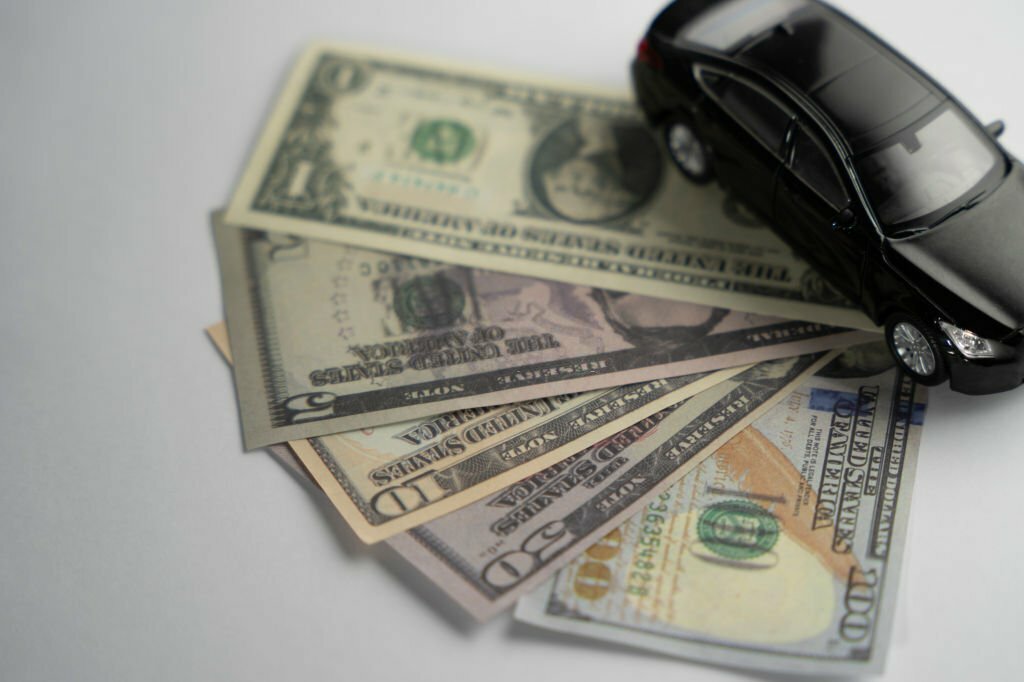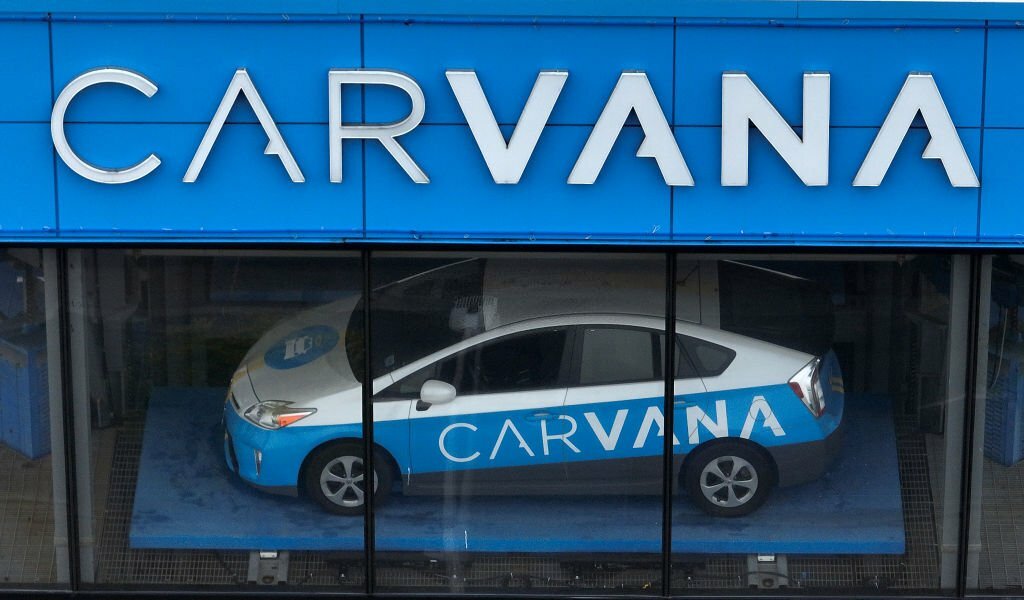Table of Contents
In this article, we will explore the Cost of Carvana and why is Carvana so expensive than other cars.
In the realm of automotive convenience, Carvana stands out as a unique entity. They have revolutionized the process of acquiring a vehicle by offering a seamless, door-to-door service that minimizes the common irritants and elongated procedures associated with traditional car purchasing. However, a discerning eye might notice that Carvana’s prices tend to lean towards the higher end of the spectrum when compared to other dealers. In this article, we will delve into the intricacies that contribute to the perceived expense of Carvana.
1. Regional Pricing: Supply and Demand Dynamics
Carvana’s pricing strategy is closely tied to regional economics and demand dynamics. The company adjusts its prices based on the geographical location, responding to the varying preferences and demands of different regions. For instance, fuel-efficient vehicles with lower carbon emissions might command a higher price tag in areas with strong environmental consciousness, while regions with a penchant for heavy-duty vehicles will see increased prices for such models. This ensures that Carvana adequately caters to regional demands. Moreover, different regions may have varying tax rates on vehicle purchases, further influencing the price disparities. In essence, Carvana’s pricing is intricately intertwined with the regions they serve.
2. Limited Competition: Paving the Way
Carvana was a pioneering force in its early days, introducing an entirely novel approach to car acquisition. In its fledgling stage, Carvana’s prices were notably competitive to gain a foothold in the market. As the company garnered recognition and an ever-expanding customer base, it found the liberty to redefine its pricing. Competition in the market remains scarce, with dealerships primarily focused on both new and used cars, whereas Carvana predominantly deals with used vehicles. Notably, the traditional haggling is absent with Carvana – the price you see is the price you pay. As a result, Carvana currently enjoys the luxury of setting its prices without the pressing need for price reduction. A fantastic read about Inherited House Fresno.

3. Comprehensive Car Inventory: A Costly Endeavor
Carvana boasts an extensive and diverse inventory of vehicles. The process of curating and maintaining such a substantial inventory comes at a considerable expense. Procuring cars, especially the newer used models that Carvana specializes in, often entails higher costs. These vehicles are in relatively good condition, with lower mileage, making them more expensive to acquire. While Carvana may engage in negotiations, its primary goal is to ensure a well-stocked inventory, which sometimes means paying premium prices. Consequently, this incurs significant expenses as they strive to provide a wide range of vehicles to their customers.
4. High-Interest Financing: A Double-Edged Sword
One of the factors contributing to Carvana’s higher costs is its financing options. Financing a car purchased from Carvana often entails interest rates higher than alternative loan providers. While Carvana’s financing is available, customers have the choice to secure loans from their banks or financing companies. These external options might offer lower interest rates but require a good credit score. Customers with less favorable credit histories might find themselves compelled to use Carvana’s financing, which consequently elevates the overall cost of the vehicle. These higher interest rates are beneficial to Carvana as they bolster profitability, enabling them to invest in various aspects of their business.
5. Transparency: An Invaluable Proposition
Carvana sets itself apart with its commitment to transparency. They provide comprehensive histories of their vehicles, including manufacturing dates, years on the road, and any accident history. This transparency involves a substantial amount of work and resources. Agents must delve into the history of each vehicle, incurring additional costs to compile these detailed reports. While transparency may deter some customers from purchasing a vehicle with a less-than-stellar history, Carvana considers it a pivotal aspect of their business. The higher prices reflect both the expenses involved in maintaining this transparency and the reduced risk of selling undesirable vehicles. Checkout Kenworth t800 Performance and Pricing.
6. 7-Day Money-Back Guarantee: A Unique Proposition
Carvana’s 7-day money-back guarantee is another element that contributes to their pricing structure. This customer-oriented feature allows buyers to test the vehicle for a week and return it if it doesn’t meet their expectations. While this convenience is appreciated by customers, it comes at a cost to Carvana. They must cover the expenses associated with picking up the vehicle, including refunds and travel costs. In addition, any incurred fuel, time, and detailing expenses after the return adds to the overall expenditure. These costs inevitably lead to a slightly higher price tag on their vehicles.
7. Speedy Car Delivery: Convenience at a Price
Carvana’s hallmark service is the swift delivery of vehicles to customers’ doorsteps. Ensuring the timely arrival of vehicles necessitates a substantial investment. The maintenance of delivery trucks, payments to drivers, and associated taxes and fees contribute to the overall cost. In exchange for this swift and convenient service, Carvana adjusts its pricing to offset the expenses incurred during the delivery process.

8. Newer Used Cars: Quality Comes at a Cost
Carvana’s preference for selling relatively newer used cars, typically aged between five to seven years, is another factor influencing their prices. These vehicles are more expensive to procure due to their superior condition and lower mileage, making them more desirable to customers. The demand for such cars drives the price higher, in contrast to traditional dealerships that might offer older vehicles at lower prices.
9. Reconditioning Costs: Quality Assurance
Carvana invests in reconditioning its vehicles, ensuring that customers receive cars in optimal condition. This process involves thorough inspections and necessary repairs, incurring additional expenses. These costs are factored into the pricing structure to compensate for the enhanced quality of their vehicles.
10. Convenience Fee: The Price of Ease
Lastly, Carvana’s premium pricing is attributed to the unparalleled convenience it provides. By eliminating the hassles of traditional car buying, including dealer interactions and negotiation, Carvana simplifies the process. Customers pay a convenience fee for this seamless experience, contributing to the overall cost of their vehicles.
Cost of Carvana
| ear | Revenue ($M) | Cost of Sales ($M) | Gross Profit ($M) |
|---|---|---|---|
| Q1 2022 | 3.10B | 3.05B | 53.0M |
| Q2 2022 | 3.80B | 3.73B | 65.0M |
| Q3 2022 | 3.60B | 3.52B | 75.0M |
| Q4 2022 | 3.20B | 3.15B | 50.0M |
| Q1 2023 | 3.30B | 3.25B | 55.0M |
| Q2 2023 | 3.90B | 3.83B | 67.0M |
| Q3 2023 | 3.70B | 3.62B | 78.0M |
Final Words
In Final Words, Carvana’s unique business model and commitment to transparency, quality, and convenience contribute to the perception of higher prices. While their vehicles may appear more expensive, customers often find the overall experience and peace of mind well worth the investment.




